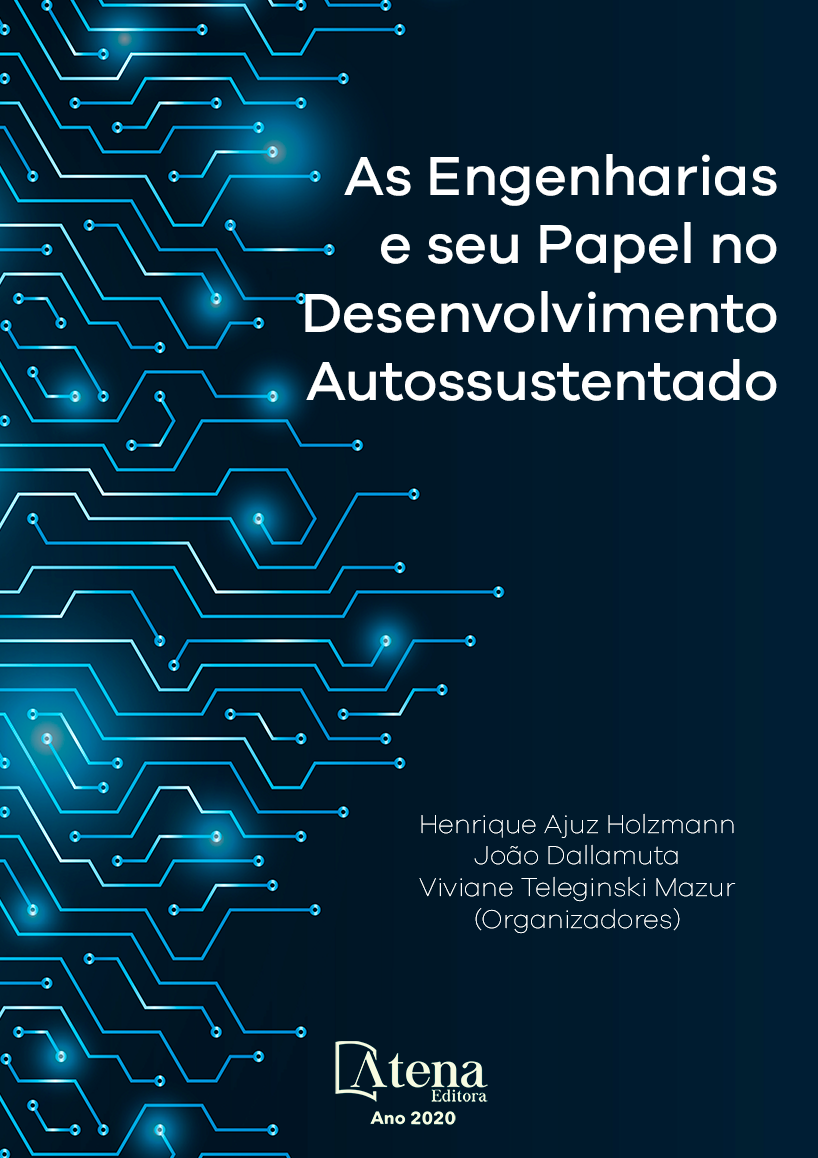
Eletrodeposição de semicondutores para aplicação em energia renovável
O presente projeto visa desenvolver materiais semicondutores aplicados a energias renováveis. Pretende-se produzir e caracterizar filmes finos de óxidos semicondutores, tais como, oxido de cobre (Cu2O) e titânio (TiO2) pelo processo de eletrodeposição. Esses materiais podem ser utilizados como fotoeletrodos para a produção de H2 mediante processos fotoeletroquímos, em células solares, e em células solares sensibilizadas por um corante (DSSC – Dye sensitive solar cell) por exemplo. As propriedades físicas dos filmes de Cu2O e TiO2 serão investigadas e controladas para que proporcionem ao material um melhor desempenho. Para isso, técnicas de caracterização tais como Difração de Raios-X (DRX), Microscopia Eletrônica de Varredura (SEM) e Transmissão (TEM), Raman, Medidas Elétricas (ixV) serão empregadas.
Eletrodeposição de semicondutores para aplicação em energia renovável
-
DOI: 10.22533/at.ed.4662030062
-
Palavras-chave: óxido de cobre, óxido de titânio, eletrodeposição, energias renováveis.
-
Keywords: copper oxide, titanium oxide, electrodeposition, renewable energy.
-
Abstract:
The present study focuses on produce and characterize thin films of semiconductor oxides, such as, titanium oxide (TiO2) and copper oxide (Cu2O). The physical properties of those semiconductors allow them to be applied in renewable energy, such as, solar cells [1], photoelectrodes for hydrogen production [2] and Gratzel cell/ dye sensitive solar cell [3]. The films was produced using the potentiostatic electrodeposition method, which consist at fix a potential over time, where the current is monitored by a current transient. The solution used in the deposition of TiO2 films consist of 0.02M TiOSO4, 0.1M KNO3 and 0.06M H2O2, with pH = 2, at room temperature (around 20 °C) on ITO/glass substrate. Cyclic voltammetry was made to investigate the reduction potential to be fixated during the electrochemical deposition, that potential was -1.1 V (see figure a.). Through a current transient is possible to control the desired charge of deposited materials, the charge was -1 C for all samples. After the deposition, the films were subjected to a heat treatment in environment atmosphere at temperature of 500 °C. Scanning electronic microscopy (MEV) and x-ray diffractions (DRX), were also done, getting information about the morphology and crystallinity of the films respectively as show in figure b and c.
-
Número de páginas: 17
- Victor Rocha Grecco


